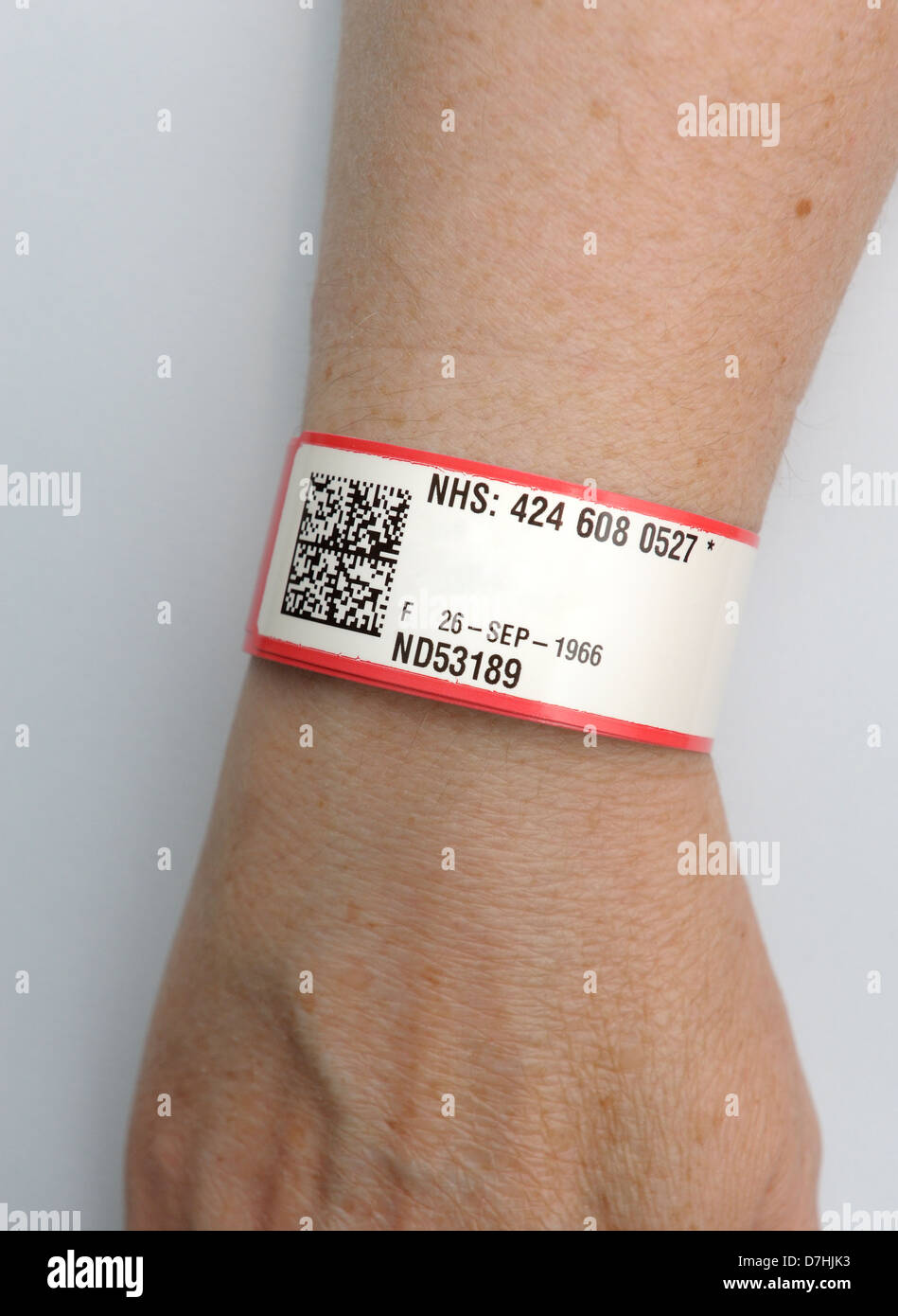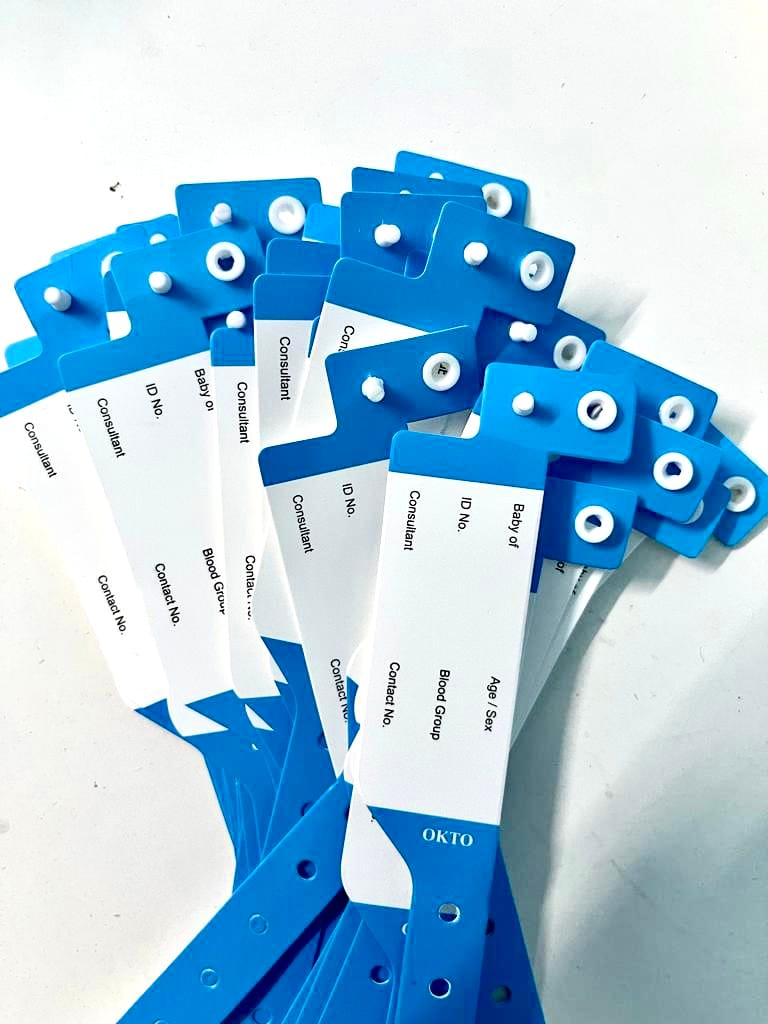How Patient Identification Band Decreases Threats in Patient Therapy and Care
Enhancing Client Treatment With Effective Recognition Bands
The implementation of efficient identification bands is an essential component in boosting patient treatment within medical care settings. As the landscape of patient identification evolves, one should think about the ramifications of these systems on general health care shipment and client results.
Value of Individual Recognition
Making certain exact person recognition is critical in healthcare settings, as it directly impacts the safety and security and top quality of treatment supplied. Misidentification can result in major errors, including carrying out the incorrect medicine, doing incorrect procedures, or miscommunicating vital person details. Such mistakes not only endanger client safety but can also result in lawful ramifications and reduced rely on medical care systems.
Reliable person identification is fundamental to developing a safe environment where people obtain tailored and proper care. It promotes the precise documents of medical backgrounds, allergies, and therapy plans, ensuring that doctor have access to necessary info at all times. Durable recognition methods help enhance interaction among medical team, enhancing partnership and lowering the risk of blunders.

Kinds Of Identification Bands
Identification bands play a crucial function in keeping accurate client documents and enhancing security within healthcare atmospheres. Numerous types of identification bands are used to provide to the specific requirements and demands of various patient populations.

Another type is the ankle joint band, which is especially valuable for babies and babies, making sure that identification stays undamaged even throughout care treatments. Specialty bands, such as those for allergy alerts or fall threat indications, supply additional layers of safety and security by drawing prompt attention to crucial individual conditions.
Lately, digital identification bands have acquired appeal, incorporating barcodes or RFID technology that can be scanned to swiftly get individual information. These bands simplify operations and minimize the risk of human error during individual recognition procedures.
Advantages of Reliable Recognition
Reliable recognition of people via using recognition bands adds considerably to general person safety and care high quality. By making certain that each patient is accurately determined, doctor can successfully match clinical treatments and procedures to the appropriate individual, minimizing the risk of errors. This is particularly vital in environments with high person turn over, where the capacity for misidentification is greater.
Moreover, reliable recognition bands improve communication amongst health care teams. Accurate and clear person recognition fosters collaboration and makes certain that all staff member are conscious of a client's particular needs and medical history. This interaction is essential for supplying worked with care, especially in emergency situations where time is crucial.

Eventually, efficient identification via making use of recognition bands not just safeguards clients however additionally advertises a society of security within medical care centers (Patient Identification Band). By prioritizing accurate recognition, medical care organizations can improve end results and boost the general patient experience
Executing Recognition Solutions
While the value of client recognition is well acknowledged, the implementation of durable identification systems poses a facility difficulty for healthcare companies. Establishing effective recognition systems needs a detailed technique, including technology, employees training, and process integration.
First, companies should select ideal identification technologies, such as barcode scanning, RFID, or biometric systems. Patient Identification Band. These modern technologies ought to be evaluated based upon cost, use, and compatibility with existing facilities. A pilot program can help recognize prospective issues before full-blown implementation
Next, thorough training for staff is important source crucial. All personnel need to understand the importance of exact patient identification and be proficient in the use of the picked technologies. Regular training updates and evaluations can enhance best methods and make sure continued compliance.
In addition, health care organizations need to develop standardized treatments for person recognition across all divisions, reducing inconsistencies and boosting communication. Routine audits can aid recognize voids in adherence to these protocols.

Ultimately, an effective execution of recognition systems not just improves person safety and security yet additionally promotes a culture of responsibility and diligence within healthcare setups, ensuring trusted and regular person care.
Future Trends in Patient Identification
Advancements in technology are established to revolutionize patient recognition techniques in healthcare setups. The assimilation of biometric recognition approaches, such as fingerprinting and face acknowledgment, is anticipated to enhance precision and safety. These innovations can considerably lower the threat of misidentification, guaranteeing that patients obtain the appropriate therapies and medicines.
Moreover, the execution of blockchain technology for person records is obtaining traction. This decentralized approach can give a tamper-proof and secure technique for handling person identifications, thereby simplifying access to critical info across various health care carriers.
An additional pattern is the raising usage of mobile health and wellness applications that utilize QR codes for individual recognition. These applications enable real-time updates and very easy accessibility to client information, encouraging healthcare experts to make enlightened decisions quickly.
Furthermore, visit the site artificial intelligence (AI) is poised to play a crucial function in assessing client recognition information, recognizing patterns, and predicting prospective identification mistakes prior to they take place.
As these technologies develop, they guarantee not just to improve client security however additionally to boost the total performance of healthcare delivery systems. Accepting these technologies will certainly be crucial for future-proofing client care practices.
Final Thought
In final thought, efficient identification bands are vital for improving client security and care quality within healthcare settings. By minimizing the threats connected with misidentification, these bands promote precise and timely information retrieval, ultimately boosting interaction amongst doctor. The implementation of robust identification systems not just cultivates a culture of security however likewise settings healthcare institutions to adjust to future patterns in individual identification technology, ensuring optimum results for clients in varied scientific environments.
As the landscape of patient recognition develops, one must take into consideration the effects of these systems on general medical care shipment and patient end results.Efficient patient identification is basic to establishing a secure setting where clients receive proper and customized care. Ultimately, focusing on efficient patient recognition methods not only cultivates a society of safety yet also contributes to boosted client outcomes and general complete satisfaction with medical care solutions.
Efficient recognition of people through the usage of recognition bands contributes substantially to total client security navigate to these guys and care top quality. The implementation of robust identification systems not just cultivates a culture of safety however additionally placements healthcare organizations to adjust to future fads in patient recognition modern technology, making sure optimum outcomes for patients in diverse scientific settings.